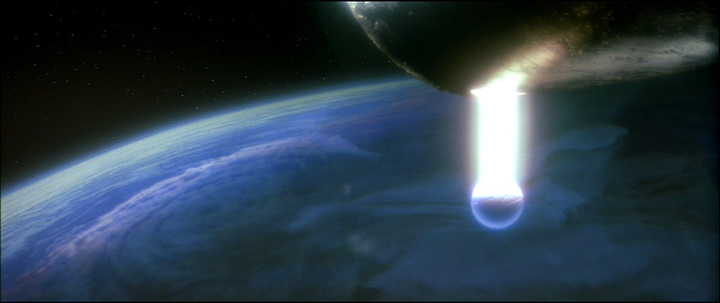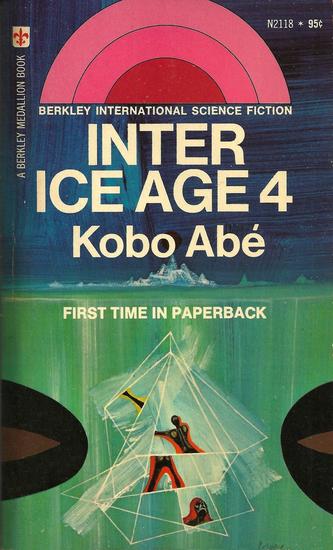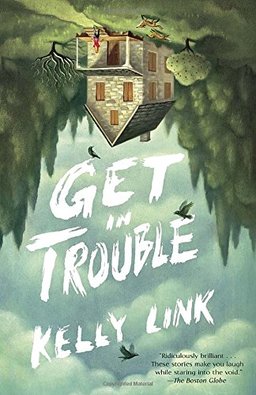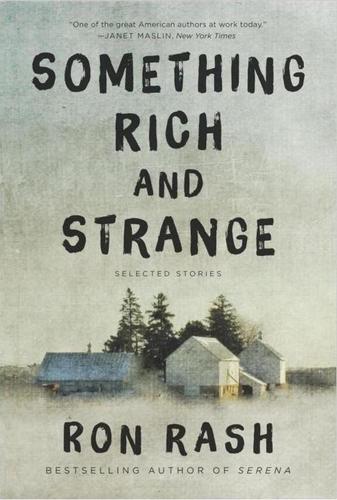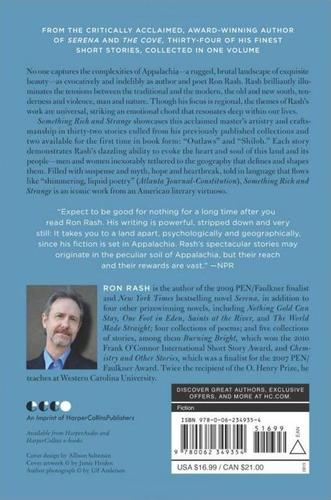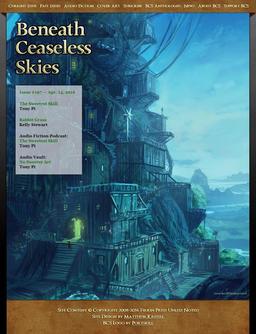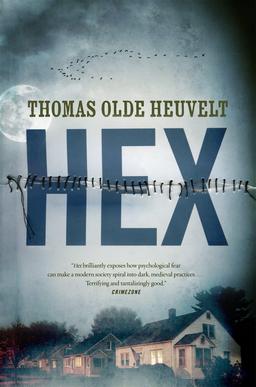Cuenca: A Clifftop Medieval Town in Spain

One of the famous “hanging houses” of Cuenca
An hour’s train ride from Madrid is a small medieval town that’s often overlooked by international visitors. Cuenca has been an important town since the 8th century and has heaps of historic sights as well as natural beauty.
Located in rough hills and on a spur between the deep valleys of the Júcar and Huécar rivers, it’s a naturally defensible position and was fortified by the conquering Moors in 714. There is little remaining from the Islamic era because after it was conquered in 1177 by King Alfonso VIII, the city was extensively remodeled by him and several later monarchs.
